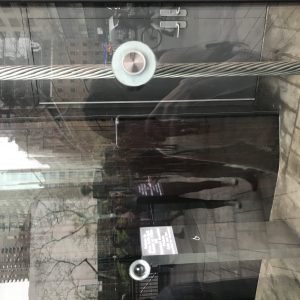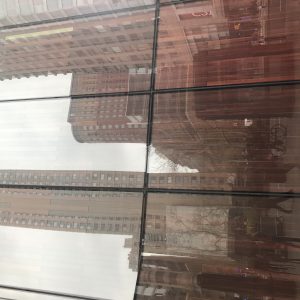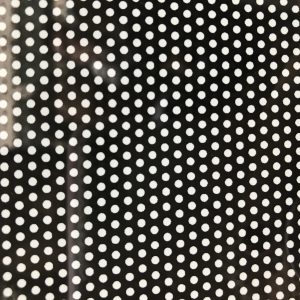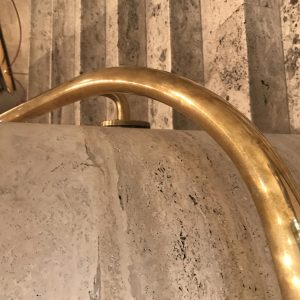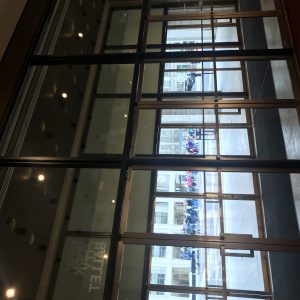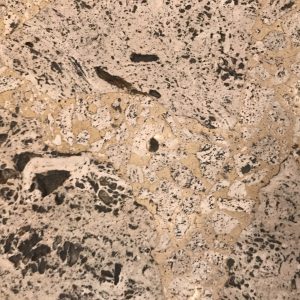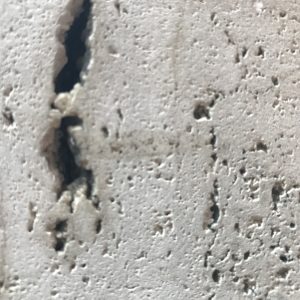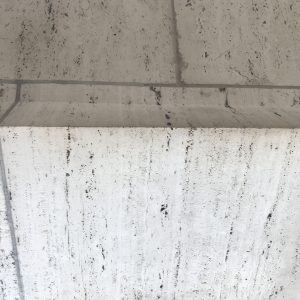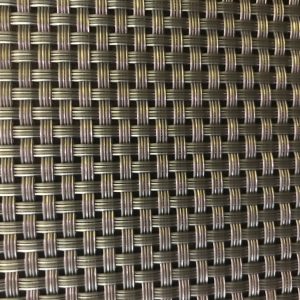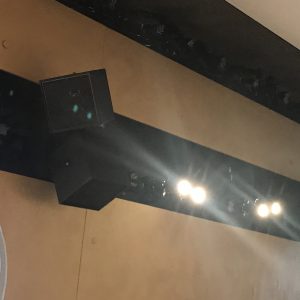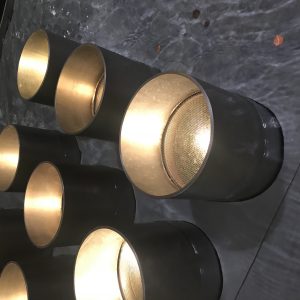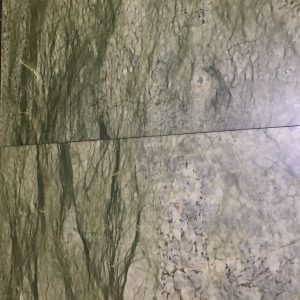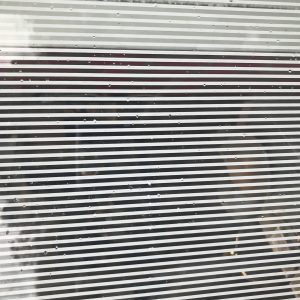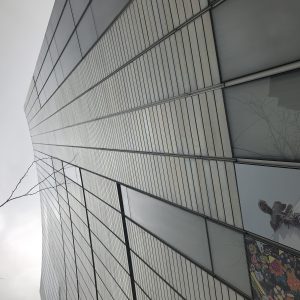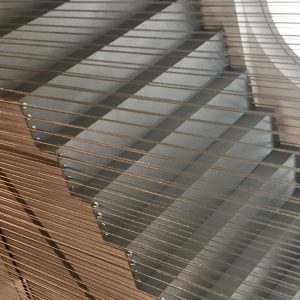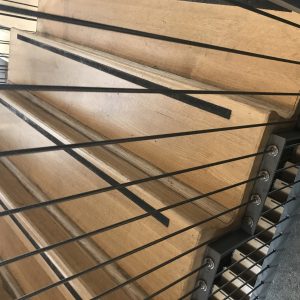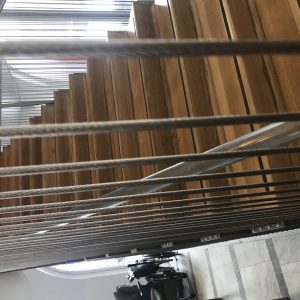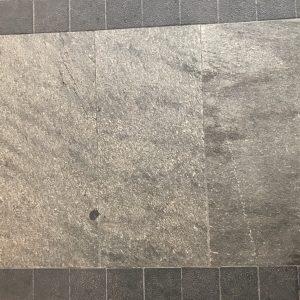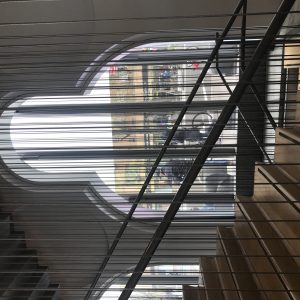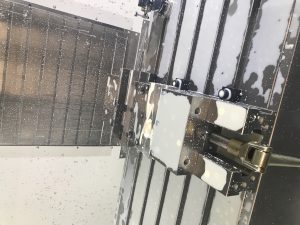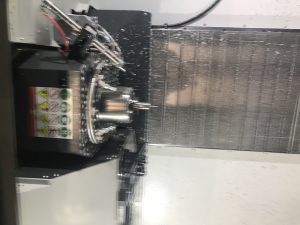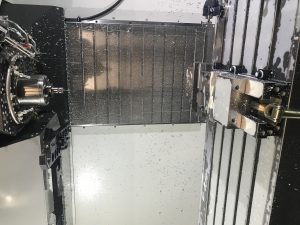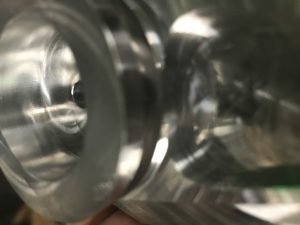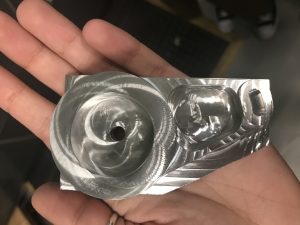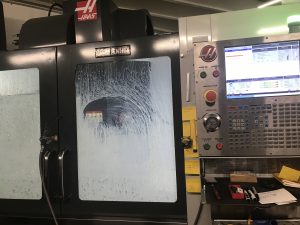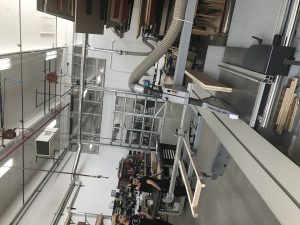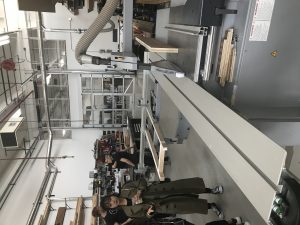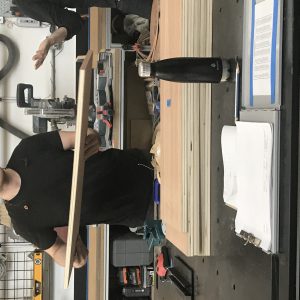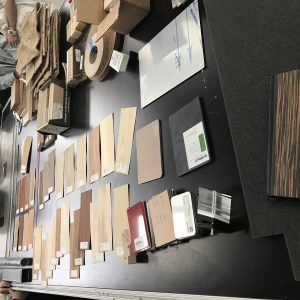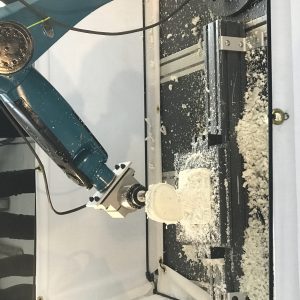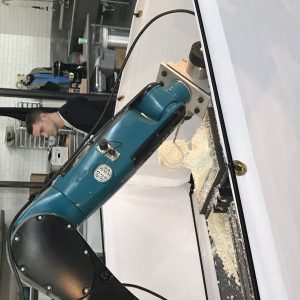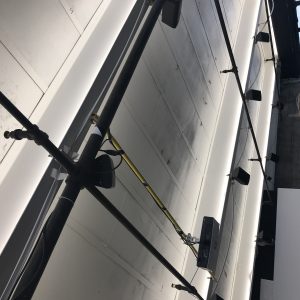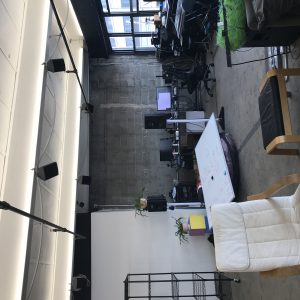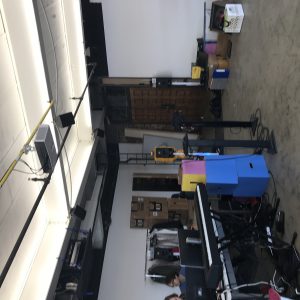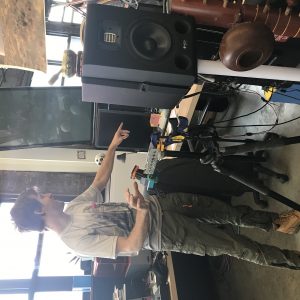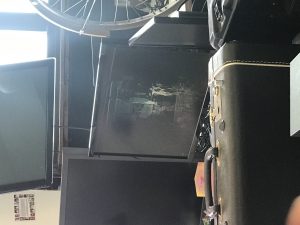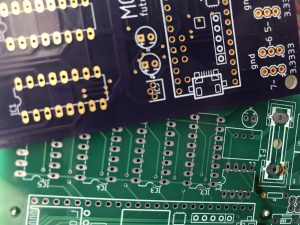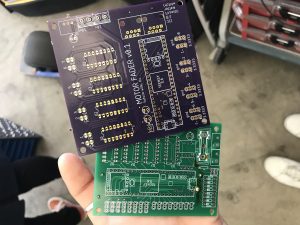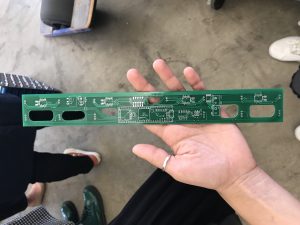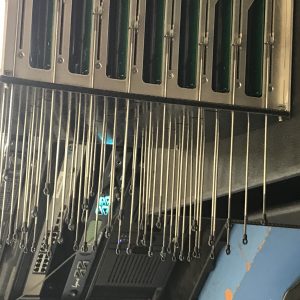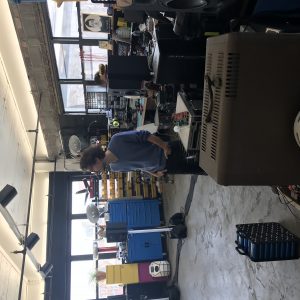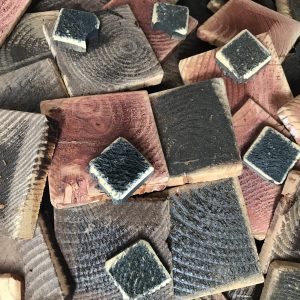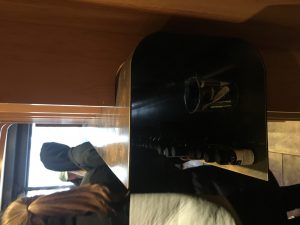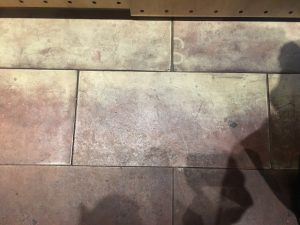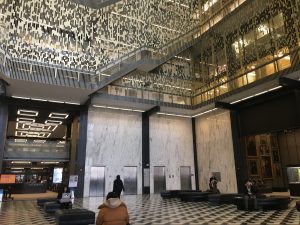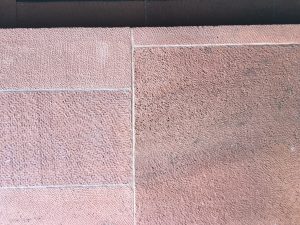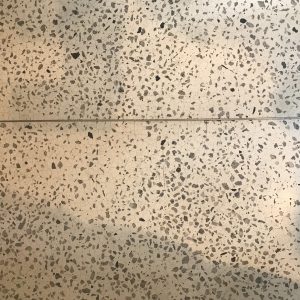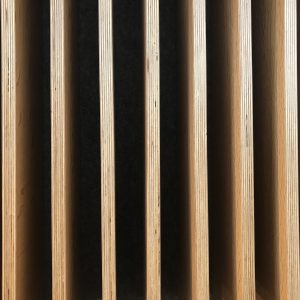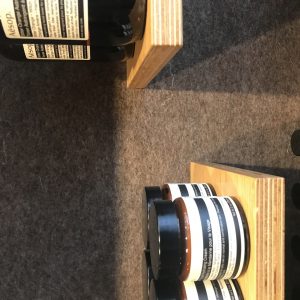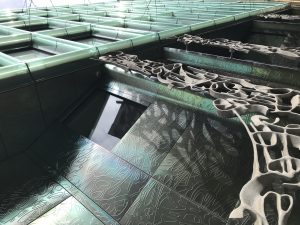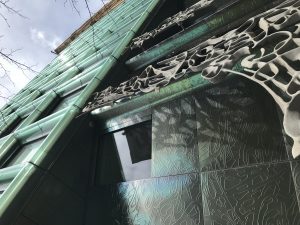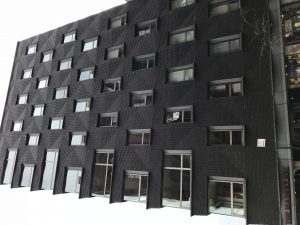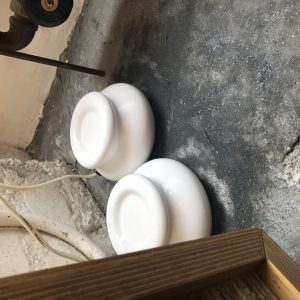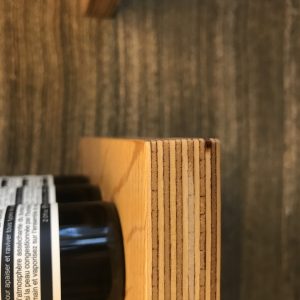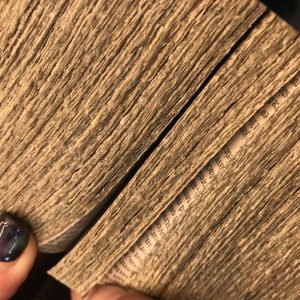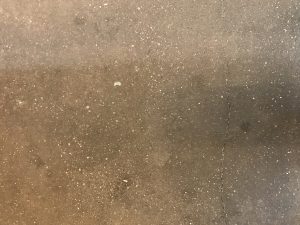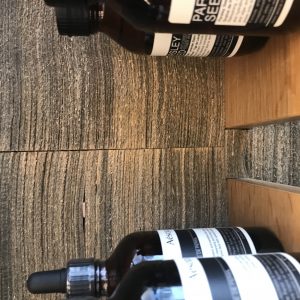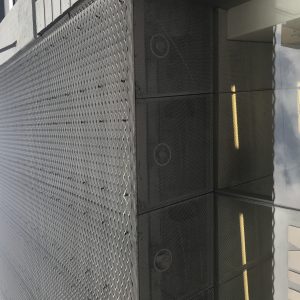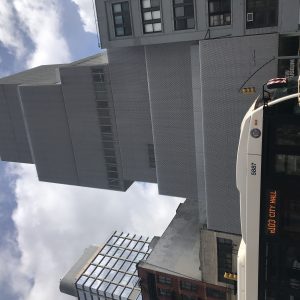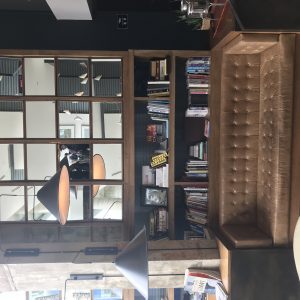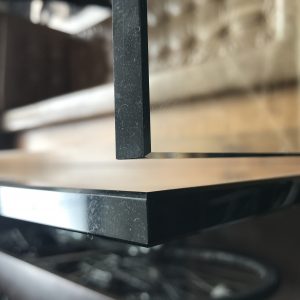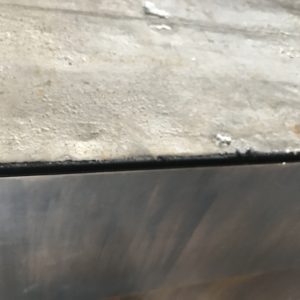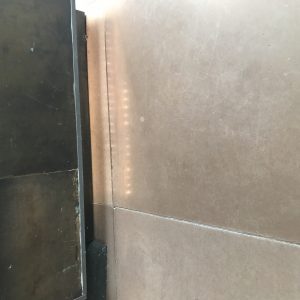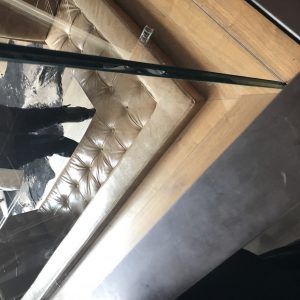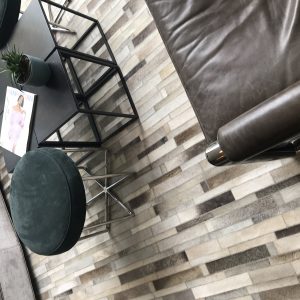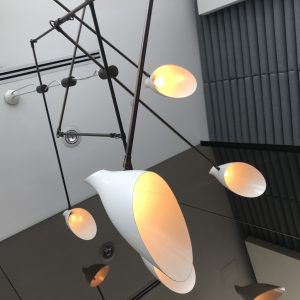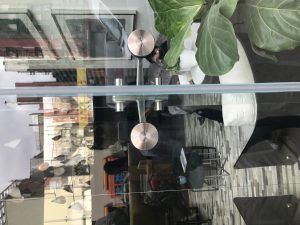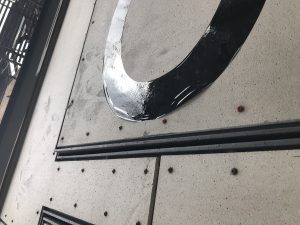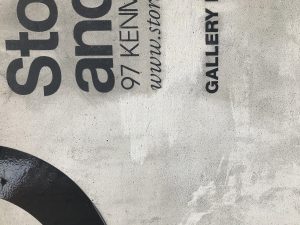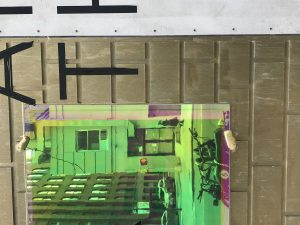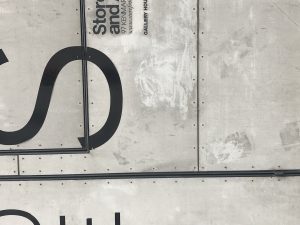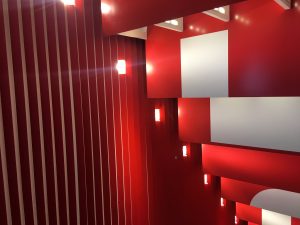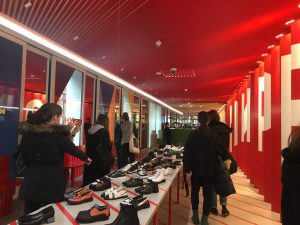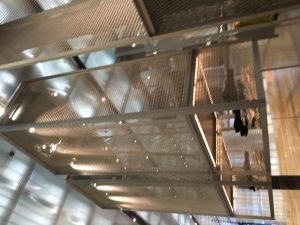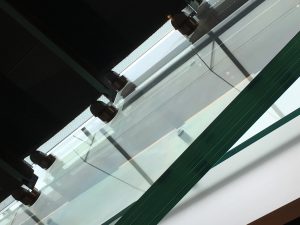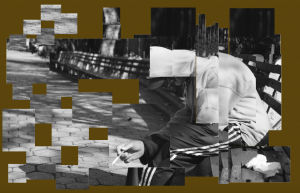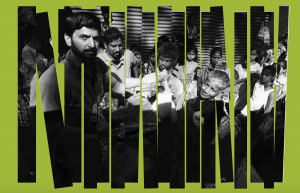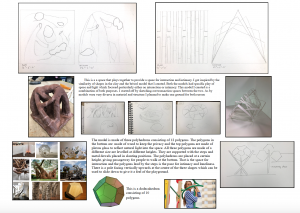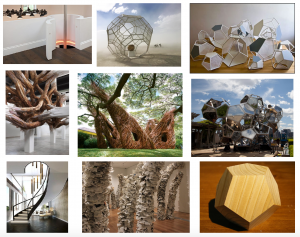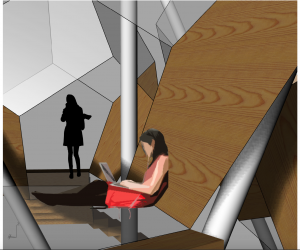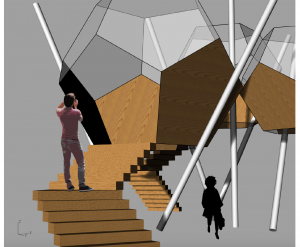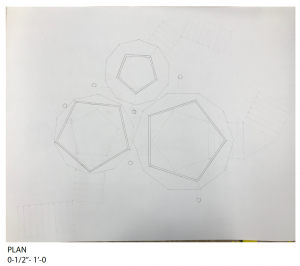Journal Entry
Caribbean Agate
Cement based
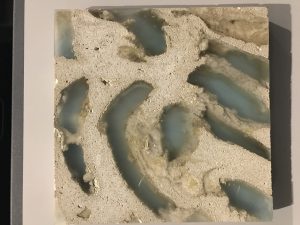

Thick, flat slab of concrete that incorporates translucent acrylic within the structure, creating a juxtaposition of two contrasting materials in the same sheet. 100% acrylic resin is used to fill holes within a glass fiber reinforced cement (GFRC) that have been created during the casting process. The GFRC itself has a high compressive strength and excellent flexural and tensile strength achieved by a high concentration of fibres that carry the tensile loads, while a high polymer content provides toughness. The acrylic that has been cast in the mold holes provides translucency.
Performance properties:
- Acoustics- Sound Diffusing
- Chemical Resistance- High
- Colorfastness- High
- Fire resistance- High
- Impact Resistance- Good
- Outdoor use- No
- Reflectivity- Light Absorbing
- Scratch resistance- Medium
- Stain Resistance- High
- Tear Resistance- N/A
- Thermal Conductivity- Low
- Usage Temperature- Low
- UV Resistance- High
- Water Resistance- N/A
- Wear Resistance- High
Physical Properties:
- Stiffness- Stiff
- Structure- Closed
- Surface/Texture- Texture
- Transparency- Translucent
- Surface Hardness- Hard
How its made:
Its physical mixed and casted with the blend of the two materials. It is then evened out to make it smooth and usable
Application:
Applications include interior walls, ceilings, partitions, façades, sheathing and flooring.
Patterned Fabric Composites
Process
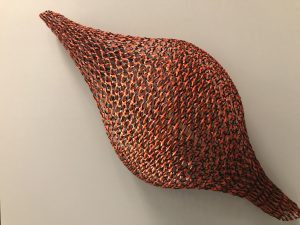
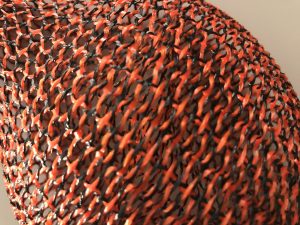
This is a material that can fit into any shape or size which is interesting. Resin-impregnated open mesh composites with intricately woven patterns that can be engineered for specific performance. The textile patterning technology allows a myriad of yarn types and weights that are impregnated with a rigid (or potentially flexible) thermoset resin. The patterned, linked, and interlaced fabric offers an alternative to standard braids and knitted materials, yielding flexible and breathable composite structures. Fabrics can ‘shape-shift’ accurately and evenly over mandrels and shaping tools through tension distribution.
Performance properties
- Acoustics- Sound Absorbing, Sound Transparent
- Chemical Resistance- Medium
- Colorfastness- High
- Fire resistance- Low, Medium
- Impact Resistance- Good
- Outdoor use- Yes
- Reflectivity- Light Absorbing
- Scratch resistance- Medium
- Stain Resistance- High
- Tear Resistance- High
- Thermal Conductivity- Low
- Usage Temperature- Low
- UV Resistance- Medium
- Water Resistance- High
- Wear Resistance- Medium
Physical properties
- Stiffness- Stiff, Semi-Rigid, Flexible
- Structure- Open
- Surface/Texture- Irregular Texture
- Transparency- Opaque, Transparent
- Surface Hardness- Hard
How its made:
Its machine or physically woven
Application:
Sports equipment
Green macadamia nut shell board
Naturals
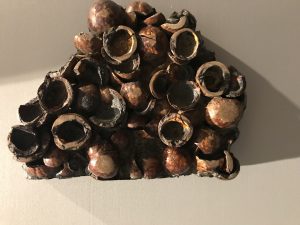
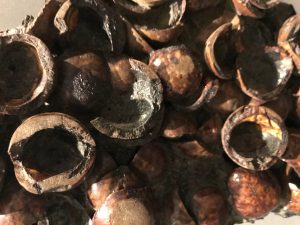
Wall panels that use waste macadamia nut shells for decorative effect and sound absorption. Waste macadamia nut shell is combined with between 10 and 60% unmodified cashew nut shell liquid from the cashew nut industry that is classified as agricultural waste. This liquid acts as a binder. The resin and nutshells are combined in a mold and mixed with a fire retardant chemical; the mixture chemically cures in the mold at room temperature. The material is removed from the mold and can be bonded to an MDF or other panel to allow easy fixture to a wall or other surface.
Performance properties:
- Acoustics- Sound Absorbing
- Chemical Resistance- Medium
- Colorfastness- High
- Fire resistance- High
- Impact Resistance- Moderate
- Outdoor use- No
- Reflectivity Light- Absorbing
- Scratch resistance- Medium
- Stain Resistance- Medium
- Tear Resistance- N/A
- Thermal Conductivity- Low
- Usage Temperature- Low
- UV Resistance- High, Medium
- Water Resistance- High
- Wear Resistance- Low
Physical properties:
- Stiffness- Stiff
- Structure- Open
- Surface/Texture- Texture
- Transparency- Opaque
- Surface Hardness- N/A
How its made:
Its made of metal and wood tools and then blinded together with a natural glue.
Application:
Its a decorative material to bring in aesthetics to a space. Also used in furniture.


